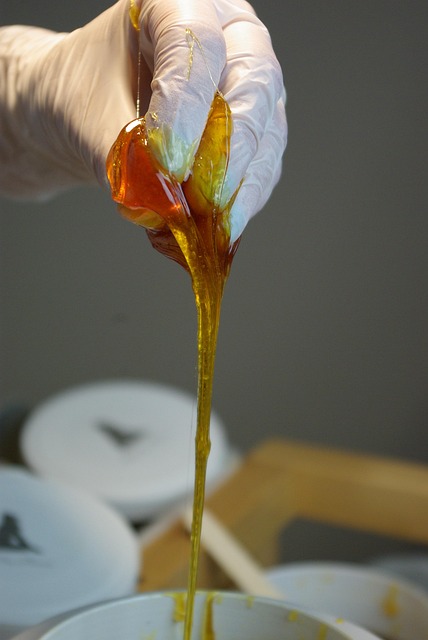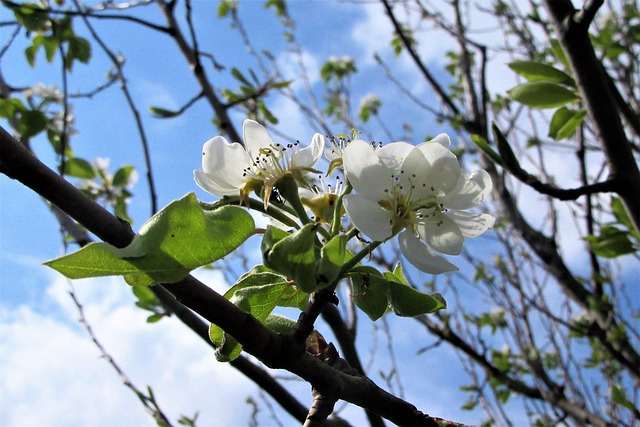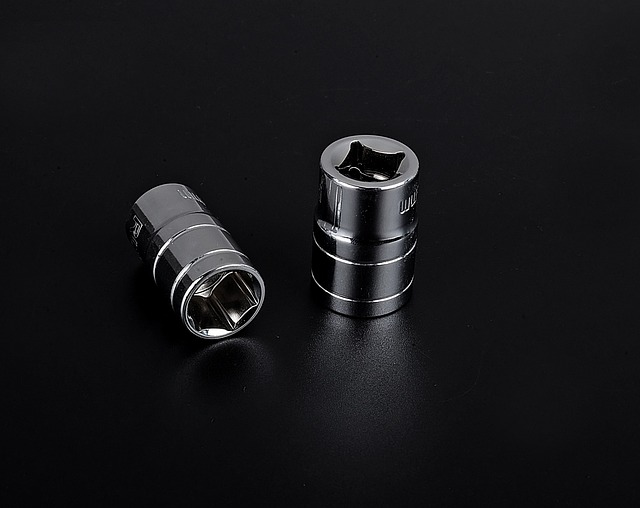Rug odors are complex issues stemming from moisture, aging fibers, and contaminants. Effective removal requires understanding these causes and using tailored solutions. Musty scents indicate moisture or mold, while pet odors may need specialized enzymes. Chemical odors should be treated with safe, non-aggressive methods. Key strategies include thorough cleaning, drying, and using appropriate products based on scent type. Natural odor removal methods like air-drying, baking soda, essential oils, and vinegar are safer and more effective than traditional chemical treatments. Steam cleaning is a deep, eco-friendly option that kills bacteria and molds without harsh chemicals. Preventive measures like regular vacuuming, immediate spill treatment, and natural fiber choices help maintain a fresh rug scent over time.
Rugs, while beautiful additions to any space, can sometimes trap odors that are both unpleasant and challenging to eliminate. This comprehensive guide delves into effective Odor Removal techniques for rugs, covering everything from understanding common rug odor causes to long-term preventive measures. Discover traditional methods, chemical-free solutions, the power of baking soda, steam cleaning, and more, empowering you to maintain fresh-smelling carpets.
Understanding Rug Odor: Causes and Types

Rug odors can be complex, stemming from various sources and requiring specific approaches for effective odor removal. These scents can range from musty and earthy to chemical or even pet-related smells. Understanding the root causes is key to successful odor control. Common culprits include moisture accumulation, which breeds bacteria and molds; aging fibers that break down naturally and release odors; and the absorption of airborne contaminants like pollen, dust mites, and smoke.
Different types of rug odors demand tailored solutions. For instance, musty scents often indicate a moisture issue or underlying mold growth, necessitating thorough cleaning and drying. Pet-related odors, on the other hand, may require the use of specialized enzymes that break down animal urine and dung compounds. Chemical odors from cleaning products or spills need safe, non-aggressive treatments to avoid further damage to the rug fibers while effectively eliminating the scent.
Traditional Methods for Odor Removal

Traditional methods for odor removal often involve heavy chemical usage, which can be both harsh on fabrics and potentially harmful to the environment. These methods typically include using powerful deodorizers or soaking rugs in solutions that may leave behind residual chemicals. Another common practice is air-drying, which while natural, can take a considerable amount of time and might not fully eliminate deep-seated odors.
For a more effective and eco-friendly approach to odor control for rugs, many professionals now recommend enzymatic cleaners. These work by breaking down odor-causing molecules at a molecular level using naturally occurring enzymes. This method is not only safer for both your rug and the planet but also provides faster results compared to traditional techniques, making it a preferred choice for those seeking long-lasting and sustainable solutions for their Odor Removal needs.
Chemical-Free Solutions for Effective Odor Control

Many traditional odor control methods rely on chemical treatments, but for those seeking a more natural approach, there are effective chemical-free solutions for rug odor removal. Enclosing your rugs in breathable cotton bags or covers can help absorb moisture and prevent the growth of odor-causing bacteria. Regularly ventilating your space allows fresh air to circulate, reducing the concentration of stagnant odors.
Using natural deodorizers like baking soda, essential oils, or vinegar can also be highly effective. Sprinkling a layer of baking soda over the rug before vacuuming can help neutralize odors. Essential oils with antimicrobial properties, such as tea tree or lavender, can be diluted and sprayed onto the carpet to freshen and disinfect. Additionally, white vinegar mixed with water can be used as a natural cleaning agent to remove stains and odors without harsh chemicals.
The Role of Baking Soda and Other Natural Absorbents

Baking soda, also known as sodium bicarbonate, is a popular and effective natural absorbent that plays a crucial role in odor control for rugs. Its unique chemical composition allows it to neutralize odors by reacting with volatile organic compounds (VOCs) and other gaseous irritants present in the air. When sprinkled onto a rug, baking soda acts like a magnet, attracting and absorbing unpleasant smells. This process is especially beneficial for rugs that have been exposed to pet messes, cooking fumes, or other sources of persistent odors.
Other natural absorbents, such as cornstarch, silica gel, and activated charcoal, also excel in odor removal. Cornstarch and silica gel are excellent alternatives for baking soda, offering similar absorptive properties while being safer for use on certain types of rugs. Activated charcoal, known for its porosity, is particularly effective at trapping odors and impurities due to its large surface area. These natural solutions not only eliminate odors but also help maintain the rug’s freshness and extend its lifespan without resorting to harsh chemicals.
Steam Cleaning: A Powerful Technique for Deep Odour Elimination

Steam cleaning is a powerful technique for deep odor removal from rugs. It involves infusing high-pressure steam into the fibers of the rug, which helps to break down and dislodge stubborn odors at their source. This method not only cleanses the rug but also leaves it fresh and hygienic. The heat from the steam kills bacteria and molds, ensuring a deeper clean than traditional cleaning methods.
By using steam, this process effectively extracts embedded contaminants and moisture from the rug’s fibers, leaving them dry and ready to use again in no time. It’s an eco-friendly approach that avoids the use of harsh chemicals, making it ideal for homes with pets or individuals seeking a more natural solution for odor control.
Preventive Measures: Maintaining a Fresh-Smelling Rug Long-Term

To maintain your rug’s fresh smell over the long term, preventive measures are key. Regular cleaning is essential for odor removal, so schedule deep vacuuming sessions at least once a week to eliminate dirt and dust particles that can trap moisture and foster bacterial growth, leading to unpleasant scents. Additionally, treating spills immediately with an appropriate cleaner prevents odors from setting in.
Beyond routine care, consider the materials used in your rug. Natural fibers like wool or cotton are breathable and less prone to absorbing odors compared to synthetic alternatives. Also, ensure proper ventilation in rooms with rugs by keeping doors open and using fans to circulate air, reducing moisture buildup that can contribute to malodors.
